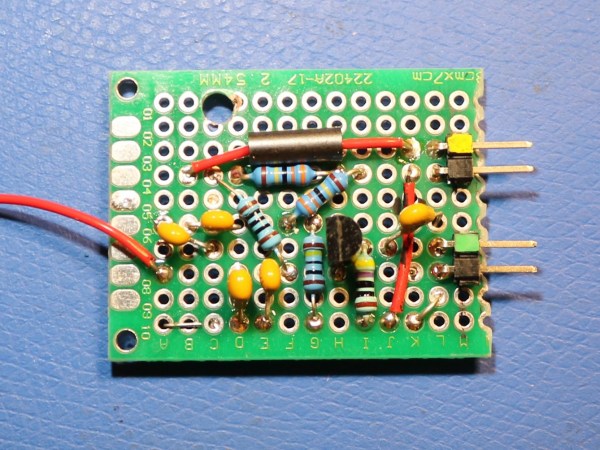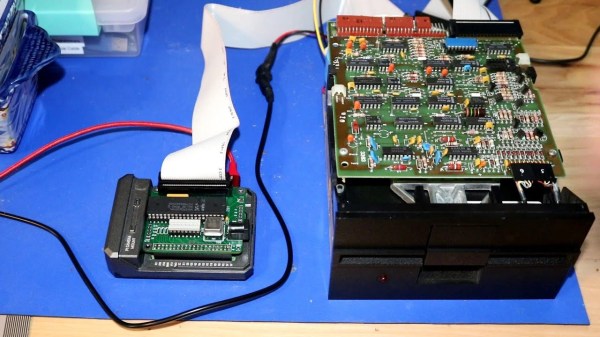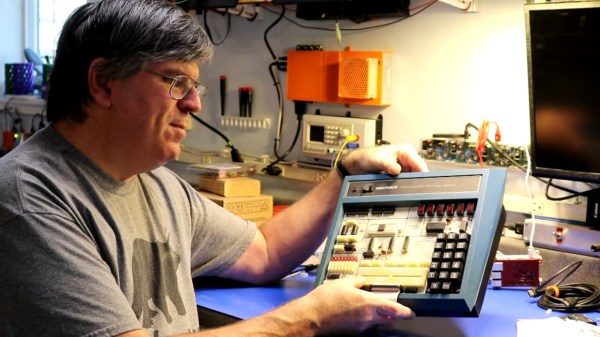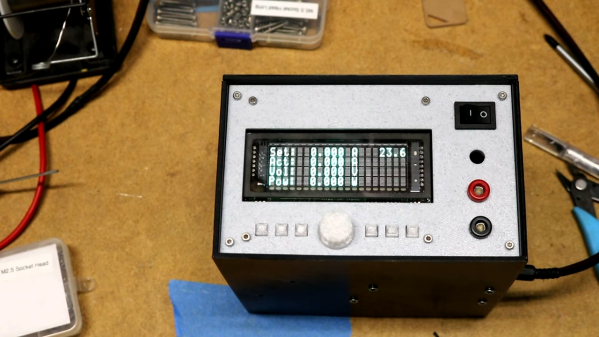Ham radio operators can be pretty selective about their gear. Some are old-school tube purists who would never think of touching a rig containing transistors, and others are perfectly happy with the small Software Defined Radio (SDR) hooked up to their PC. The vast majority, though, of us are somewhere in between — we appreciate the classic look and feel of vintage radios as well as the convenience of modern ones. Better yet, some of us even like to combine the two by adding a few modern bells and whistles to our favorite “boat anchor.”
[Scott Baker] is one such Ham. He’s only had his license for a few months now and has already jumped into some great projects, including adding a panadapter to an old Drake R-4B Receiver. What’s a panadapter, you may ask? As [Scott] explains in his excellent writeup and video, a panadapter is a circuit that grabs a wideband signal from a radio receiver that typically has a narrowband output. The idea is that rather than just listen to somebody’s 4kHz-wide transmission in the 40m band, you can listen to a huge swath of the spectrum, covering potentially hundreds of transmissions, all at the same time.
Well, you can’t actually listen to that many transmissions at once — that would be a garbed mess. What you can do with that ultrawide signal, however, is look at it. If you take an FFT of the signal to put it in the frequency domain (by using a spectrum analyzer, or in [Scott]’s case, an SDR), you can see all sorts of different signals up and down the spectrum. This makes it a heck of a lot easier to find something to listen to — rather than spinning the dial for hours, hoping to come across a transmission, you can just see where all of the interesting signals are.
This isn’t the first (or even the twentieth) time that [Scott]’s work has graced our pages, so make sure to check some of his other incredible projects in our archives!
Continue reading “Homemade Panadapter Brings Waterfall To Old Radio”


















